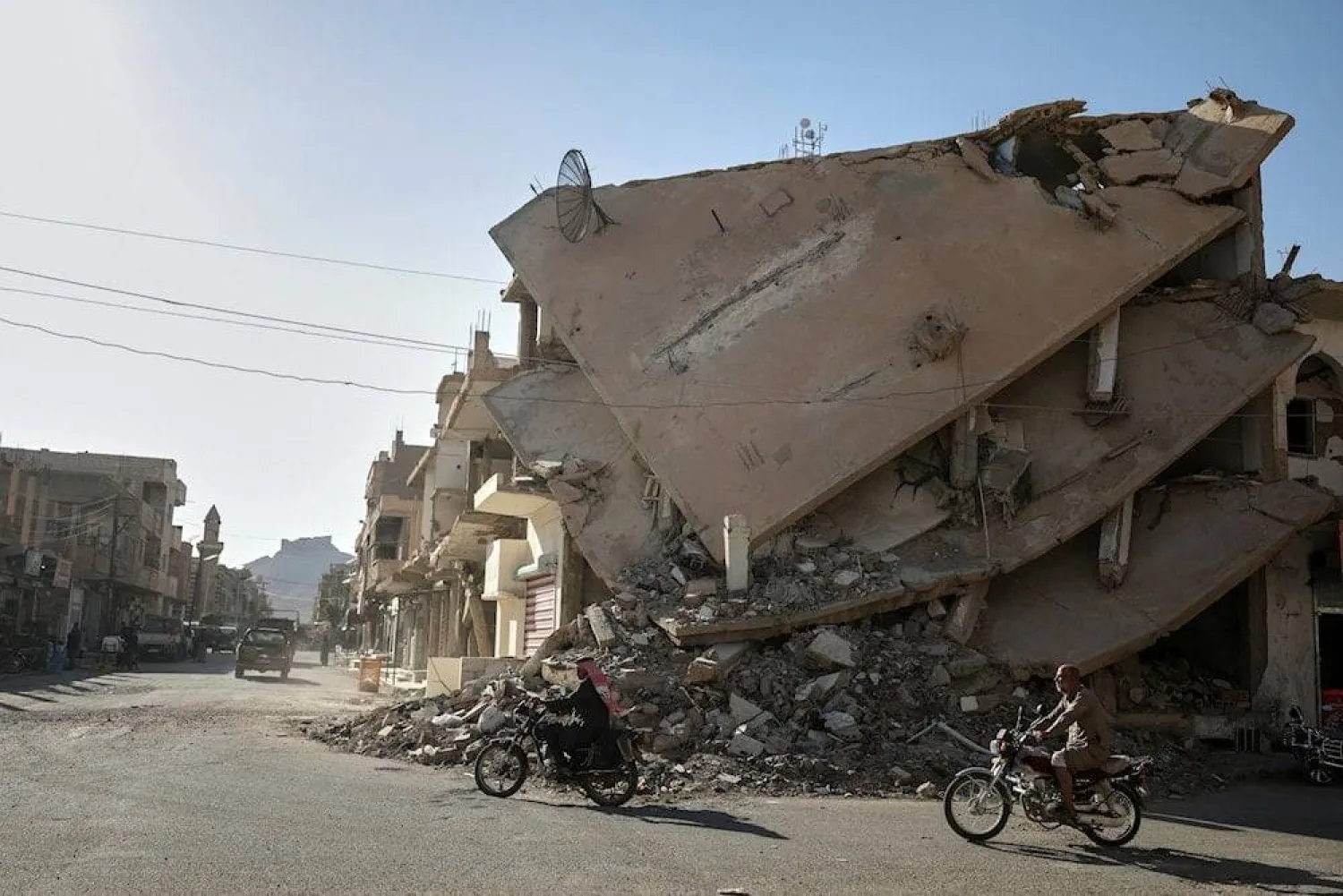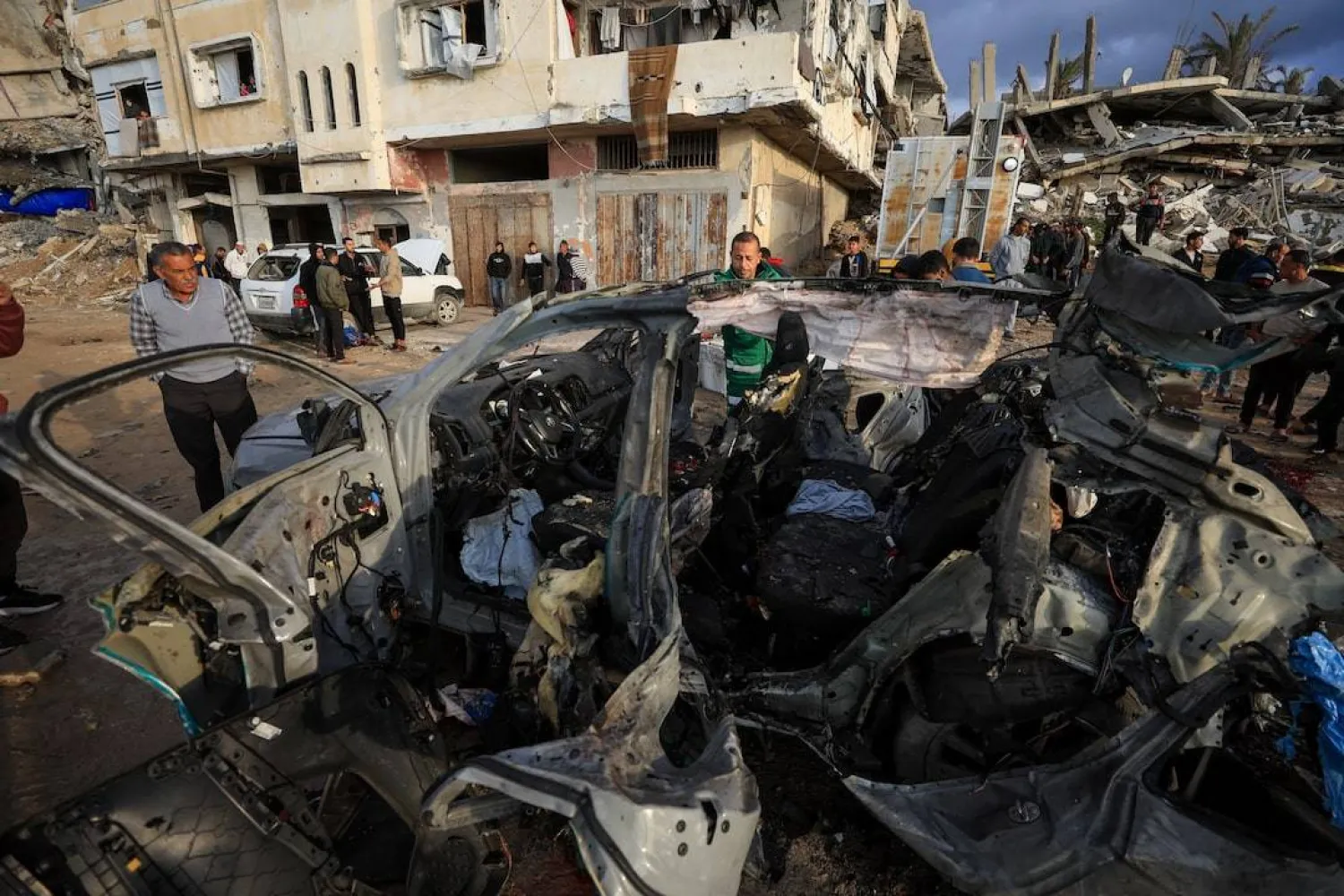Turkey has started filling a huge hydroelectric dam on the Tigris river, a lawmaker and activists said, despite protests that it will displace thousands of people and risks creating water shortages downstream in Iraq.
Citing satellite images, they said that water was starting to build up behind the Ilisu dam, a project that has been decades in the making and which aims to generate 1,200 megawatts of electricity for southeast Turkey.
Turkish officials have not commented on work at the dam, Reuters reported.
Turkey's State Hydraulic Works (DSI), which oversees dam projects, referred questions to the Presidency, and the Agriculture and Forestry Ministry was not available to comment.
However, President Recep Tayyip Erdogan said earlier this year that Turkey would start filling the Ilisu dam in June, a year after it briefly held back water before backing down following complaints from Iraq about reduced water flows in mid-summer.
According to Reuters, the dam, which first gained Turkish government approval in 1997, is a key part of Turkey's Southeastern Anatolia Project, designed to improve its poorest and least developed region.
Iraq says the dam will create water shortages by reducing flows in one of two rivers which the country depends on for much of its supplies. Around 70 percent of Iraq's water supplies flow from neighboring countries, especially via the Tigris and Euphrates rivers which run through Turkey.
Satellite images from the past two weeks show the dam has started holding water, said Necdet Ipekyuz, a lawmaker from Turkey's pro-Kurdish Peoples' Democratic Party (HDP). He said a road in the area has already been submerged.
"They are taking steps slowly to decrease the reactions to water being held. That is why they are not informing the public," he said, adding that several HDP lawmakers tried to visit the dam in July but were prevented by police.
Environmental campaigners have unsuccessfully challenged the dam project at the European Court of Human Rights on the grounds it would damage the country's cultural heritage.









